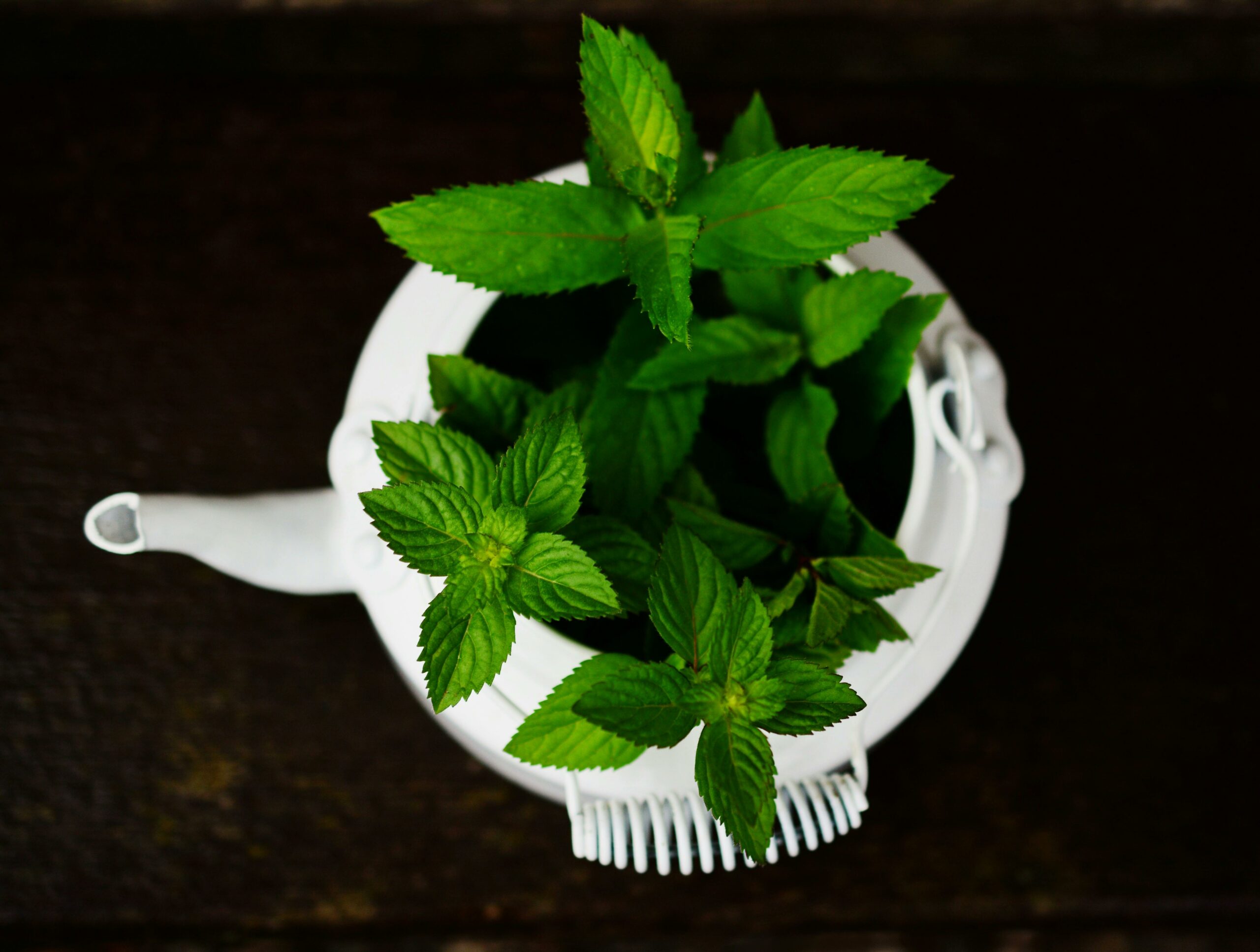From garden to kitchen: the versatility of peppermint

MILAN, Ill. — In the heart of the holiday season, the aroma and flavor of peppermint are abundant. For me, this flavor is one of my favorites; it evokes memories of my childhood and is synonymous with winter. From candy canes hung on our Christmas tree to homemade peppermint fudge or the special treat of peppermint-flavored hot cocoa, I’m a huge fan of peppermint. However, as a horticulturist, I know the members of the mint family and my feelings are a little more mixed.
Peppermint
Peppermint is a versatile herb celebrated for its distinct aroma, refreshing flavor and abundant uses in and beyond the kitchen.
Mentha x piperita
Once considered its own species, peppermint is understood to be a hybrid between water mint (Mentha aquatica) and spearmint (Mentha spicata) and is indigenous to Europe and the Middle East. A vigorous plant, peppermint prefers full sun and rich moist soils but will tolerate a wide range of site conditions except dry soils. Peppermint is a hardy perennial and has been described as aggressive due to its tolerance for a range of sites and its ability to spread via rhizomes.
Due to the vigor and potential for abundant spread, growing in a container is recommended to help control the spread. A container of 12 to 16 inches is adequate to support the plants that reach a mature size of one to three feet round.
Leaves and flowers are ornamental and edible. The leaves are lance-shaped with toothed serrations on the leaf edges. Terminal spikes of flowers appear in shades of pink and purple in summer.
Native Relatives
Although peppermint is native to Europe and Asia, the genus Mentha is comprised of more than 25 species with global distribution. A distinct identifying characteristic of members of the mint family is the ‘square’ stems. The central and lateral stems have four distinct angles on the stems that can be felt by trying to roll the stem between two fingers. They can also be seen if the stem is cut or with close observation of a plant. Field mint (Mentha arvensis) is believed to be a native of Illinois.
Mentha relatives in horticulture
Other species within the mint family (Lamiaceae) are widely available in the landscape industry. These species continue to exhibit the same square stem characteristics. Some relatives of Mentha spp. common in the landscape include:
- Agastache spp (Giant hyssop, Hummingbird mint)
- Ajuga reptans (Bugleweed)
- Calamintha nepeta (Calamint)
- Coleus spp. (Coleus)
- Lamium spp. (Spotted Dead Nettle)
- Melissa officinalis (Lemon Balm)
- Monarda fistulosa (Wild Bergamot, Beebalm)
- Nepeta spp. (Catnip)
- Salvia spp. (Salvia)
Uses
Peppermint and other members of the mint family are used as an herb in cooking and baking. Peppermint tea is made by steeping the crushed leaves of a plant in hot (not boiling) water for five to ten minutes. Sweeteners are an optional addition.
Peppermint leaves and flowers are edible and may be used as a garnish for salads, desserts and drinks. Peppermint extract is used to add flavor to baked goods, sauces and marinades. Below are a few recipes from Illinois Extension that use mint as an ingredient.
Research suggests that the main volatile components of peppermint oil (menthol and menthone) offer several health benefits including significant antimicrobial and antiviral properties, antioxidant properties and some potential as an antiallergenic. In studies where peppermint oil was used with human subjects, some benefits to respiratory and gastrointestinal benefits were observed but additional research is needed.
Peppermint Hot Cocoa-This peppermint-infused hot chocolate is a sweet and cozy treat with a refreshing twist.
- 3 cups milk of choice
- 1 tbsp honey
- ¼ tsp peppermint extract or peppermint stick
- ¼ tsp vanilla extract
- ¼ cup semisweet chocolate chips
- Pinch of kosher salt (optional)
Instructions: Heat the milk in a small saucepan over medium-high heat until steaming. Remove from heat and whisk in honey, peppermint and vanilla extracts, a pinch of salt and chocolate chips. Continue whisking until the chocolate is fully melted. Pour into mugs and garnish with whipped cream topping or a peppermint stick, if desired.
From: https://extension.illinois.edu/news-releases/savor-season-healthier-holiday-drinks
Mint Limeade (serves 4)
- 1 quart (4 cups) water
- 1/2 cup lime juice (about 2 limes)
- 1/2 cup sucralose (Splenda®) or sugar
- 10-15 fresh mint leaves
Instructions: Add 1 cup of water, lime juice, sucralose (or sugar) and mint leaves to a blender. Blend until mint leaves are finely chopped. Add remaining 3 cups water; blend until thoroughly mixed. Pour over ice and store the remaining limeade in the refrigerator.
From: https://extension.illinois.edu/sites/default/files/mint_limeade.pdf
Miss Clipping Out Stories to Save for Later?
Click the Purchase Story button below to order a print of this story. We will print it for you on matte photo paper to keep forever.

